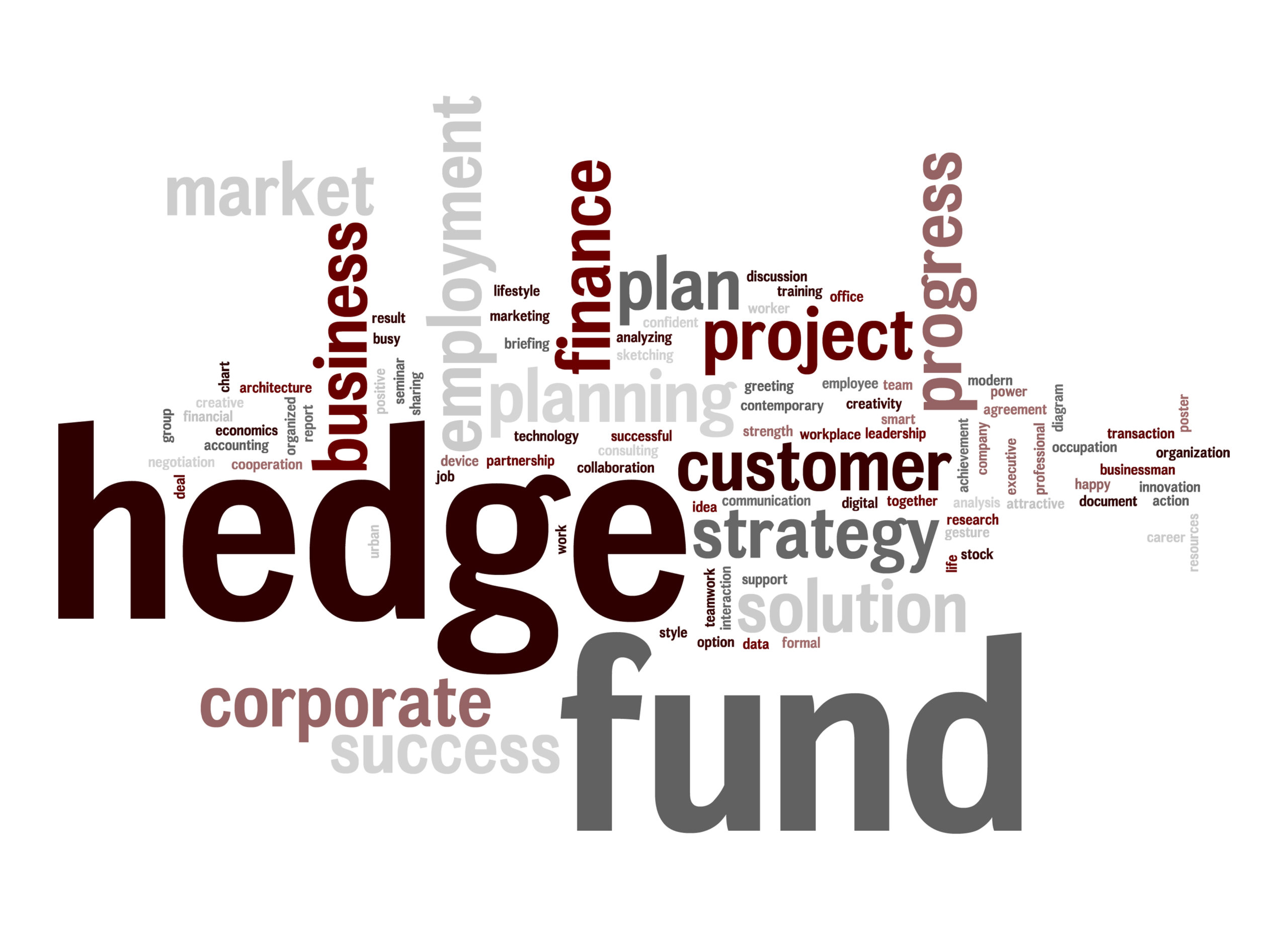Experts blame the organizations for exacerbating the food crisis by “betting on hunger”

Ten of the globe’s largest hedge funds made nearly $2 billion on the food-price spike that occurred after the start of Russia’s military operation in Ukraine, The Guardian reported, citing a report by Greenpeace’s investigative journalism branch Unearthed and Lighthouse Reports, a journalism nonprofit.
Hedge funds are investment firms that buy and sell equities and commodities for profit.
According to the report, analysts examined the returns made by Societe Generale’s SG Trend Index for the first quarter of last year, both prior to the start of the military operation on February 24 and immediately after it.
The analysis focused on grains and soya beans. Calculations showed that the hedge funds in question made $1.9 billion in returns on these commodities, a much higher figure than the returns on them in the first quarter of any of the previous five years.
“Hedge funds helped inflate a price bubble, putting upward pressure on food prices… and this has affected hunger levels of the world’s poorest people… Hedge funds and financial speculators have made obscene profits by betting on hunger and exacerbating it. That cannot be right,” Olivier De Schutter, a UN special rapporteur on extreme poverty and human rights, said, commenting on the findings. He accused investors of intentionally “piling” into grains and commodities aiming solely to “capitalize on uncertainty and rising food prices.”
Analysts found that food companies have also profited from the crisis. Calculations showed that the globe’s 20 largest food companies made $53.5 billion in windfall profits in the last two years, first from rising food prices during the Covid-19 pandemic and then from last year’s spike amid the crisis in Ukraine.
“What we are witnessing is an enormous transfer of wealth to a few rich families that basically own the global food system, at a time when the majority of the world population is struggling to make ends meet,”Greenpeace International campaigner Davi Martins stated.
The prices of staple foods like wheat and fertilizers rose sharply following the start of the military operation, propelled by soaring energy costs as the globe feared for the future of Russia’s energy exports amid sanctions that followed the conflict.
They have somewhat subsided later in the year, especially after the Ukraine grain deal was reached in mid-2022 that allowed the country’s agricultural products to be exported from Ukrainian ports despite the ongoing military action.
However, the situation is still turbulent due to deficiencies in the deal, which has so far failed to assist Russia with its own agricultural exports. Russia faces difficulties exporting its produce due to economic restrictions placed on the country.
As a result, global food prices have not yet returned to 2021, pre-conflict levels, prompting the International Monetary Fund to warn last month that “many vulnerable countries still face heightened food insecurity.”
Analysts urged global regulators to introduce stricter rules for market speculation, including better transparency in the food market and restrictions on how big a position investors are allowed to take in this market.


By Rt.com
Published by Rt.com
Republished by The 21st Century
The views expressed in this article are solely those of the author and do not necessarily reflect the opinions of 21cir.com.

